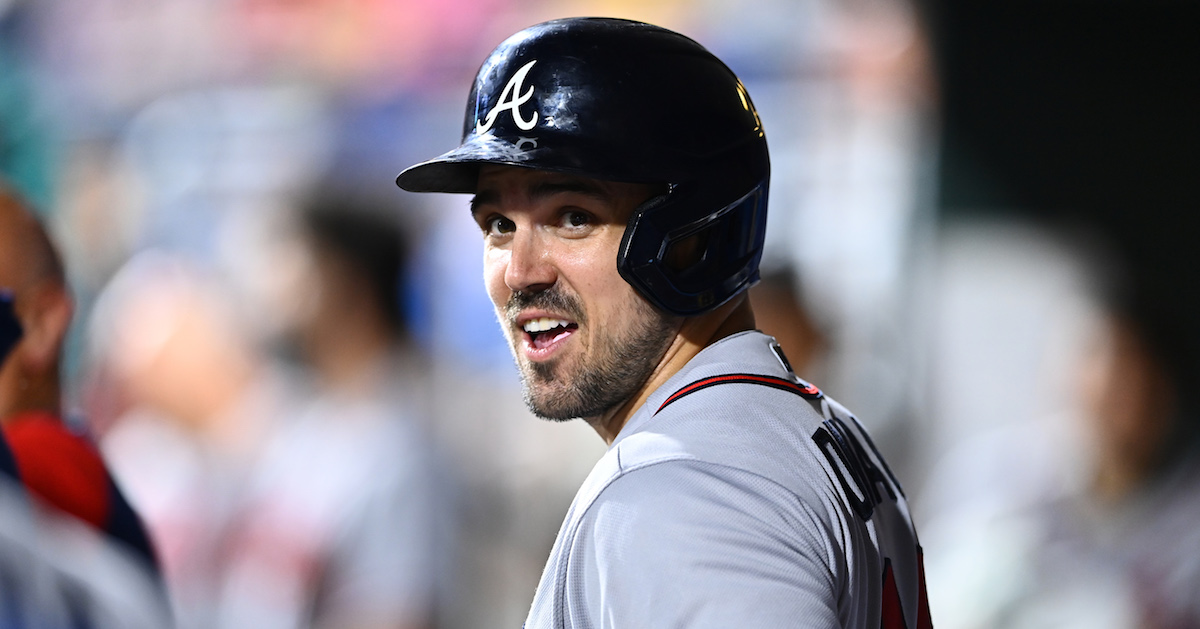JAWS and the 2023 Hall of Fame Ballot: Bronson Arroyo

The following article is part of Jay Jaffe’s ongoing look at the candidates on the BBWAA 2023 Hall of Fame ballot. For a detailed introduction to this year’s ballot, and other candidates in the series, use the tool above; an introduction to JAWS can be found here. For a tentative schedule, and a chance to fill out a Hall of Fame ballot for our crowdsourcing project, see here. All WAR figures refer to the Baseball-Reference version unless otherwise indicated.
| Pitcher | Career WAR | Peak WAR Adj. | S-JAWS | W-L | SO | ERA | ERA+ |
|---|---|---|---|---|---|---|---|
| Bronson Arroyo | 23.4 | 22.8 | 23.1 | 148-137 | 1,571 | 4.28 | 101 |
With his wiry frame, Rockette-like leg kick, and flowing blond locks — once upon a time, braided into cornrows — Bronson Arroyo certainly cut a memorable figure on the mound. The tall right-hander (sources ranged between 6-foot-3 and 6-foot-5) made just one All-Star team while spending parts of 16 seasons in the majors from 2000–17, but he established himself as one of the game’s most durable workhorses while pitching for several contenders, first in Boston, where he was part of the drought-ending 2004 champions (and the last player active from that team), and then in Cincinnati.
Arroyo didn’t have dominant stuff. In fact, based on data going back to 2002 from Baseball Info Solutions, his average fastball velocity never cracked 90 mph, but the combination of his breaking and offspeed pitches and the deception produced by his delivery and variable release points helped him produce plenty of soft contact. He was among the game’s best at generating pop ups and suppressing batting average on balls in play.
A willingness to improvise helped. “Maybe I’ve never thrown a fricking sidearm changeup, but you know what, I can’t get this m———– out, so I’m going to throw him a sidearm changeup and get him out,” Arroyo told Sports Illustrated’s Ben Reiter in 2013. “To be honest with you, there ain’t many people who have ever played this game who are going to keep up with me mentally, picking hitters apart with the s— that I have.” Read the rest of this entry »






